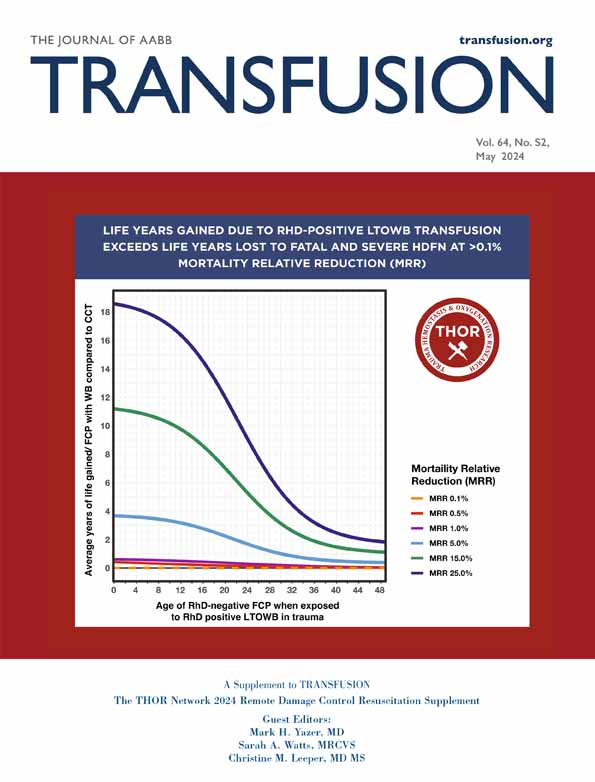A prospective, pragmatic non-inferiority study of emergency intubation success with the single-use i-view versus standard reusable video laryngoscope
The views expressed in this article are those of the authors and do not reflect the official policy or position of the U.S. Army Medical Department, Department of the Army, Department of Defense, or the U.S. Government.
Abstract
Introduction
Video laryngoscope (VL) technology improves first-pass success. The novel i-view VL device is inexpensive and disposable. We sought to determine the first-pass intubation success with the i-view VL device versus the standard reusable VL systems in routine use at each site.
Methods
We performed a prospective, pragmatic study at two major emergency departments (EDs) when VL was used. We rotated i-view versus reusable VL as the preferred device of the month based on an a priori schedule. An investigator-initiated interim analysis was performed. Our primary outcome was a first-pass success with a non-inferiority margin of 10% based on the per-protocol analysis.
Results
There were 93 intubations using the reusable VL devices and 81 intubations using the i-view. Our study was stopped early due to futility in reaching our predetermined non-inferiority margin. Operator and patient characteristics were similar between the two groups. The first-pass success rate for the i-view group was 69.1% compared to 84.3% for the reusable VL group. A non-inferiority analysis indicated that the difference (−15.1%) and corresponding 90% confidence limits (−25.3% to −5.0%) did not fall within the predetermined 10% non-inferiority margin.
Conclusions
The i-view device failed to meet our predetermined non-inferiority margin when compared to the reusable VL systems with the study stopping early due to futility. Significant crossover occurred at the discretion of the intubating operator during the i-view month.
CONFLICT OF INTEREST STATEMENT
SGS, BJL, MDA, DRA, WTD, JKM, AAA, and VSB have all received funds from the Department of Defense in the form of grants to their institution. AAA and VSB have received funds from the National Institutes of Health in the form of grants to their institutions. AAA has received consulting fees from Biomeme and Seastar for unrelated activities. We have no other conflicts of interest to report.




